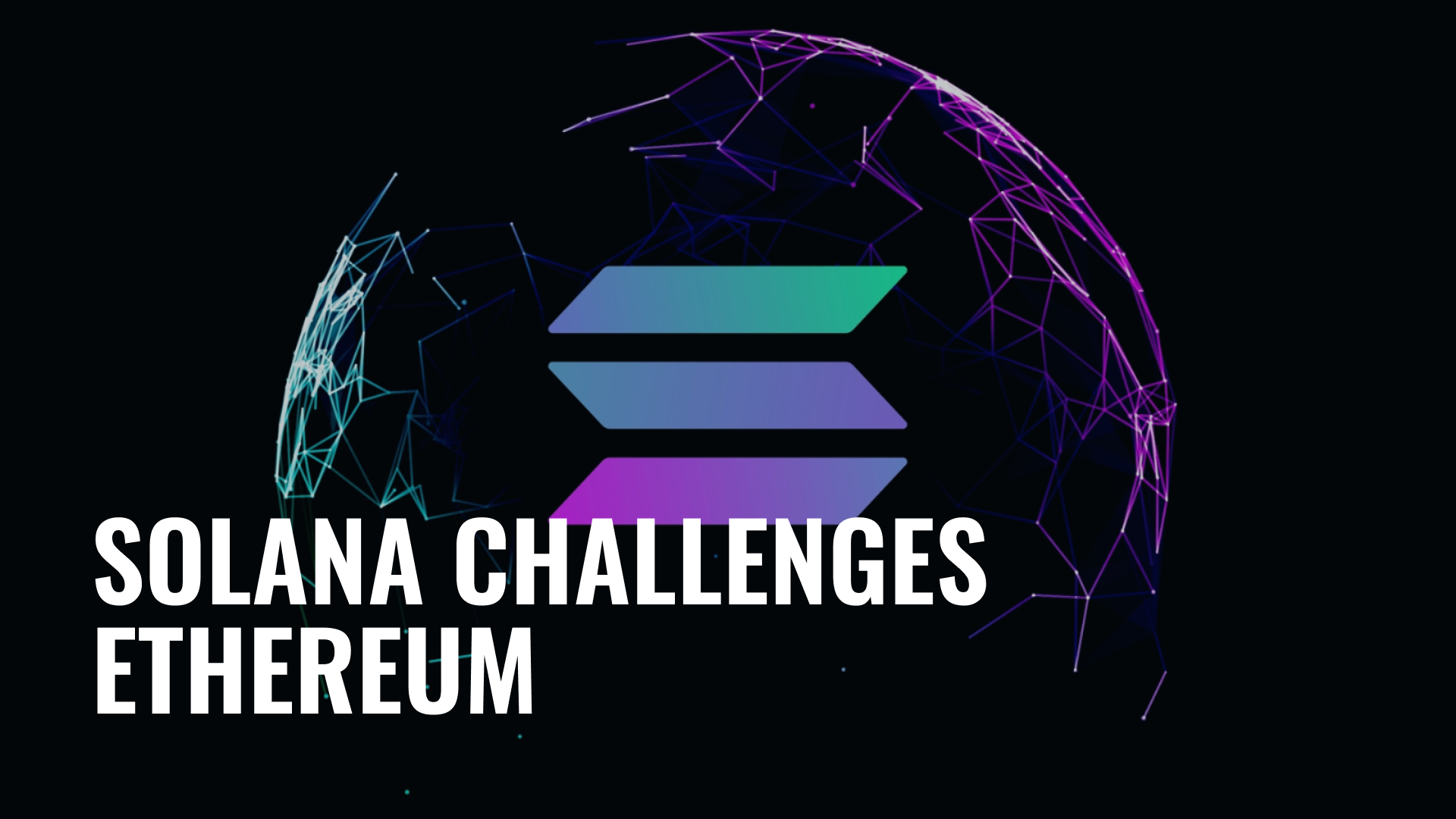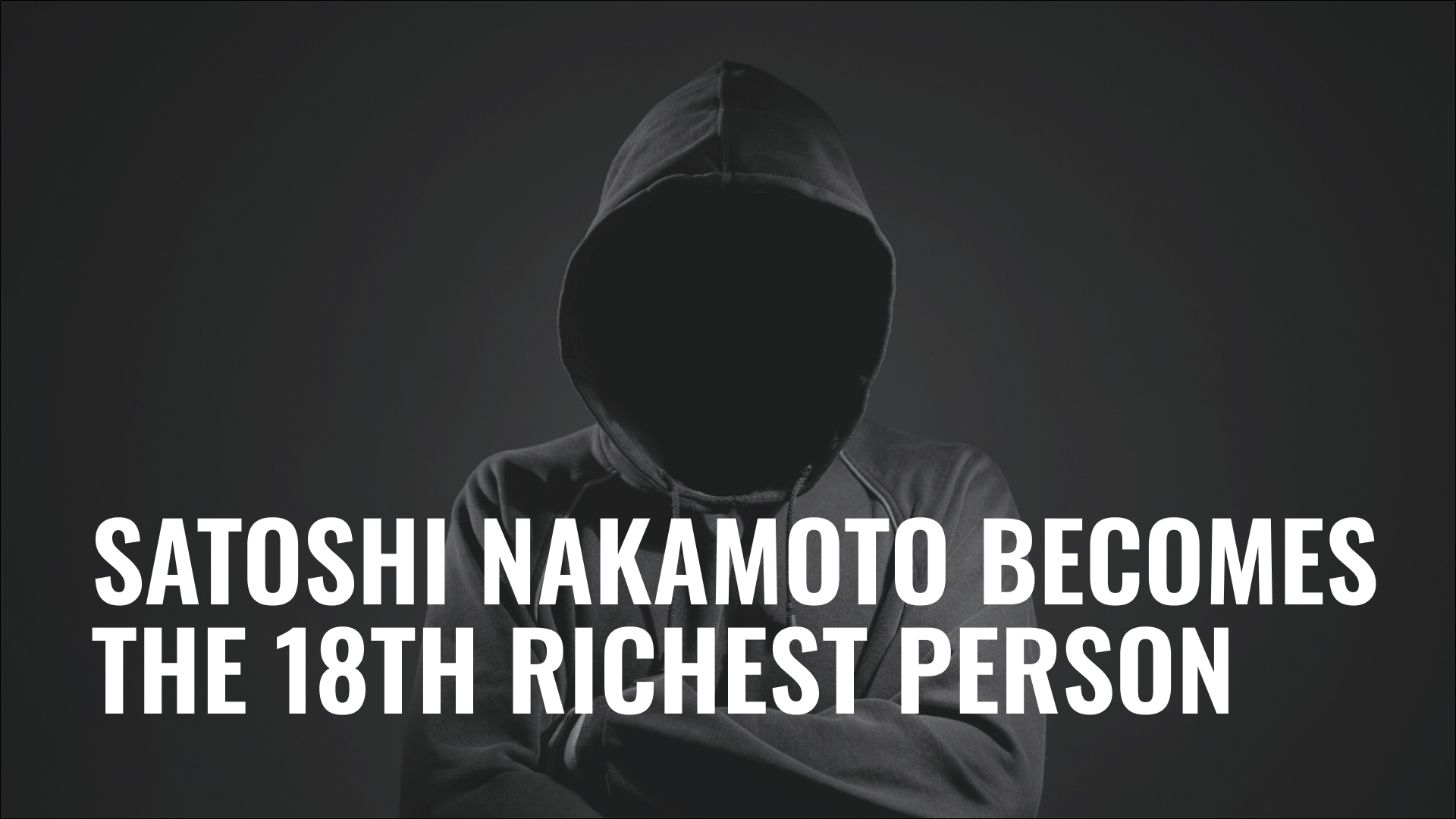Runes Protocol Dominates 68% of Bitcoin Transactions Post-Halving
- Runes: The New Dominator on the Block
- Impact on Bitcoin Miners
- Market Reaction and Criticism
- Looking Ahead
Sentiment Status: Neutral

In the fast-evolving world of cryptocurrency, the Runes Protocol has swiftly risen to prominence, now constituting a staggering 68% of all Bitcoin transactions since its launch. This surge came immediately after the much-anticipated Bitcoin halving on April 20, making waves across the crypto community and drawing both praise and scrutiny.
Runes: The New Dominator on the Block
Since its inception, the Runes Protocol, developed by Ordinals inventor Casey Rodarmor, has processed over 2.38 million transactions, outpacing traditional Bitcoin exchanges and other transaction types such as BRC-20s and Ordinals. The protocol peaked on April 23 with an impressive count of more than 750,000 transactions, underscoring its rapid adoption among users.
Impact on Bitcoin Miners
The advent of Runes not only reshaped transaction dynamics but also significantly influenced Bitcoin mining fees. On the halving day itself, Runes transactions accounted for nearly 70% of all miner fees, highlighting the immediate economic impact of this new token standard. However, the sustainability of this revenue stream remains a point of contention among industry experts. While some see Runes as a promising addition to the Bitcoin ecosystem, others express concerns regarding the longevity of its financial benefits for miners, as fees from Runes have shown volatility in the days following the launch.
Market Reaction and Criticism
Despite its success, Runes has not been without its critics. Prominent among them is Nikita Zhavoronkov, a lead developer at blockchain search engine Blockchair, who argues that the focus on Runes has diverted Bitcoin from its original mission as a peer-to-peer electronic cash system, as envisioned by its creator, Satoshi Nakamoto. This sentiment is echoed in parts of the crypto community, which remains divided over the benefits of this new protocol.
Furthermore, the significant block space occupied by Runes transactions has sparked additional debate. This has led to concerns about network congestion and the prioritization of different types of transactions on the Bitcoin network, potentially leading to longer wait times and higher fees for traditional Bitcoin users.
Looking Ahead
As the dust settles from the halving and the initial frenzy around Runes, the crypto community watches closely to see how this new protocol will integrate with the broader Bitcoin ecosystem. Will Runes become a permanent fixture, offering a more efficient method for token creation, or will it falter under the pressures of scalability and sustainability concerns?
Ex-crypto miner and crypto enthusiast since 2019.


